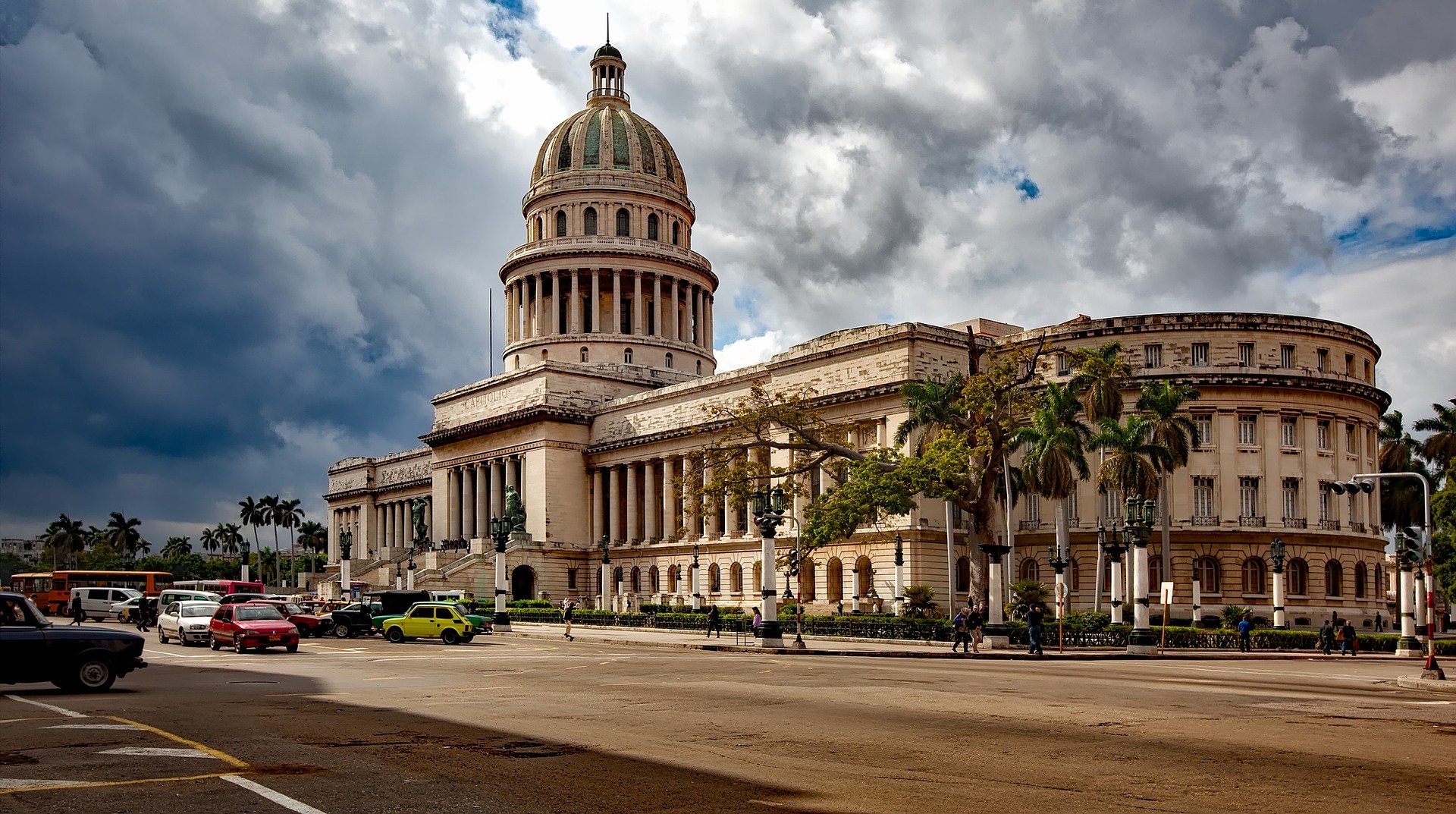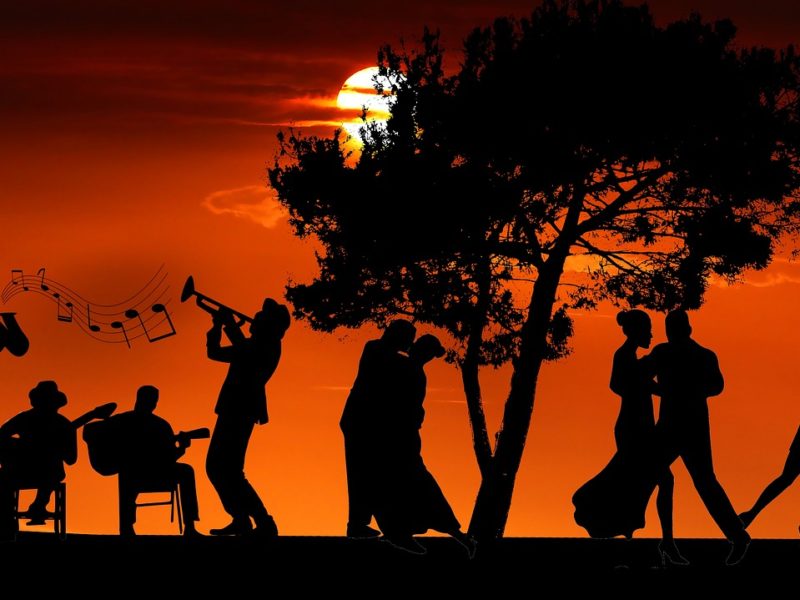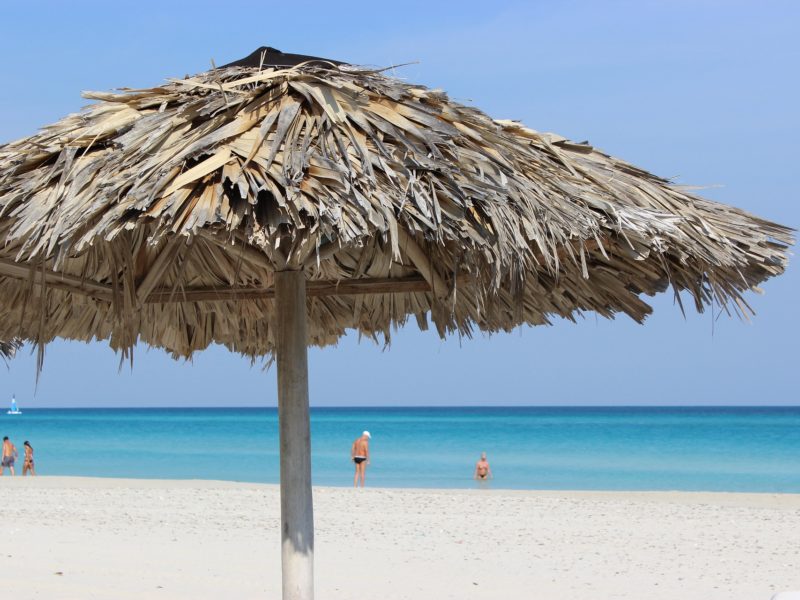Havana, the capital of Cuba, encompasses centuries of history, cultural diversity, and a captivating atmosphere, making it one of the most unique cities in the world. It is a place where colonial architecture, rich musical traditions, and the unwavering energy of the Cuban people come together. In this article, I invite you on a virtual tour of Havana, where I will share its main attractions and delights. Let's embark on a journey to explore the culture, history, and breathtaking architecture of Havana. And at the end of the article, I will provide useful tips for travelers visiting Havana.
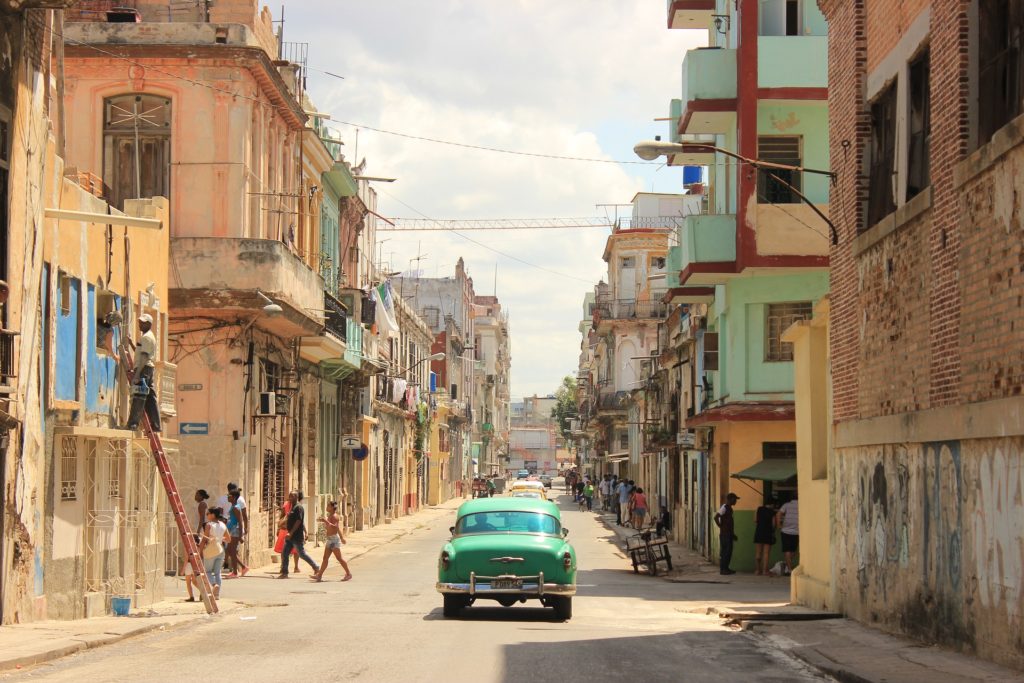
When visiting Havana, the capital of Cuba, tourists are in for an immersive experience in the rich history, culture, and vibrancy of this unique city. One of the main attractions that should not be missed is Old Havana, known as "La Habana Vieja" in Spanish.
Old Havana is a historic district that has been listed as a UNESCO World Heritage site. As you stroll through its narrow streets, you feel like you've been transported back in time. The charm of colonial architecture, quaint old buildings, squares, and Catholic cathedrals surround you from all sides. Each building holds its own history and contributes to the rich cultural fabric of the city.
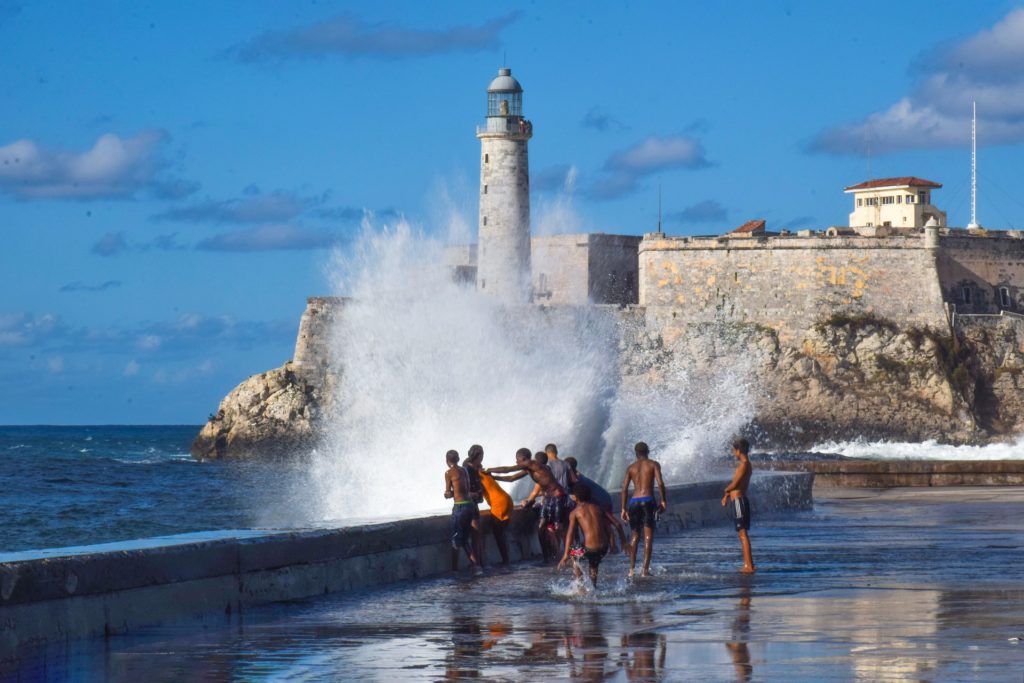
One of the most impressive attractions is the Fortress known as Castillo de la Real Fuerza. This colonial fortress is one of the oldest in the Americas and was built to defend the Havana Bay. Visiting the fortress allows you to not only enjoy the magnificent views of the sea and the Havana Harbor but also immerse yourself in the world of pirates as it houses a museum dedicated to piracy.
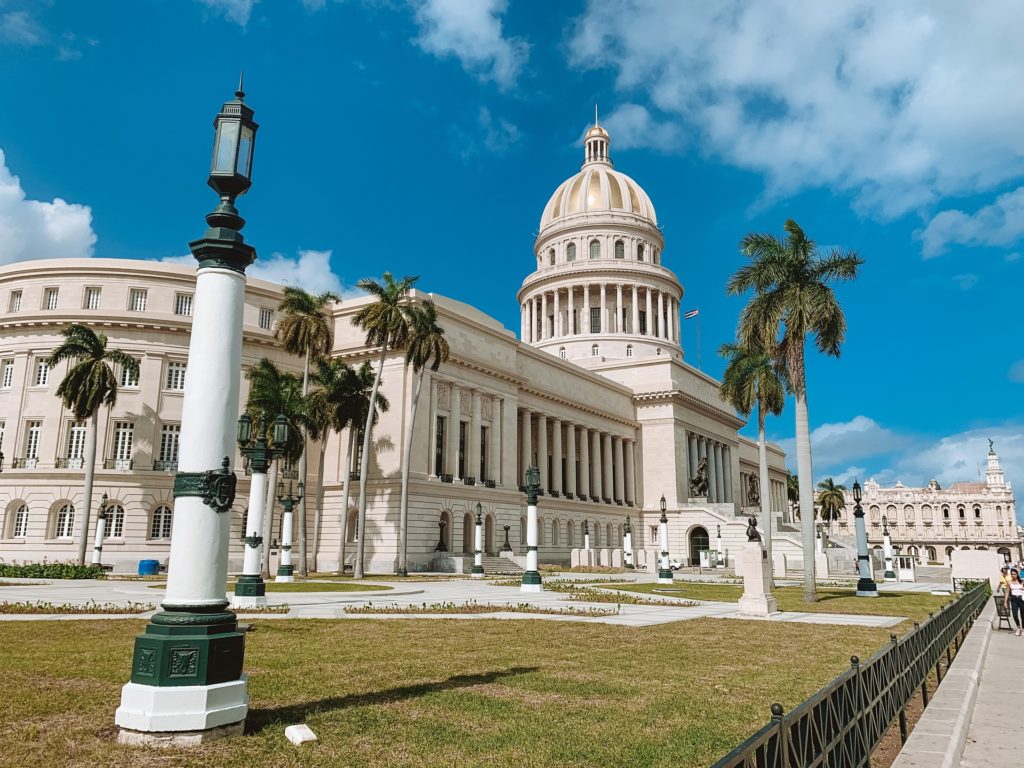
Another important attraction is the Capitolio, or El Capitolio, an impressive neoclassical building. It used to house the Cuban parliament and now serves as a venue for cultural events. The Capitolio is also renowned for its architecture and makes for a beautiful spot for memorable photographs.

Havana offers a plethora of other interesting places to visit, including the Museum of the Revolution, the Museum of the Revolutionary Square, Plaza de la Libertad, and much more. Tourists can also enjoy Cuban music and dance, indulge in the local cuisine, and visit the famous Cuban cigar factories.
Here are a few tips for travelers planning to visit Havana:
- Be cautious with water: In Cuba, it is recommended to drink bottled water. Make sure the bottle cap hasn't been tampered with before you purchase it. It's also advisable to avoid ice in street beverages to prevent any potential stomach issues.
- Be mindful of your belongings: As with any popular tourist destination, it's important to be cautious with your personal belongings. Carry your backpack or bag in front of you.
- Currency exchange: Ensure you have enough cash with you as ATMs and credit card usage are not as widely available in Cuba as in other countries. Remember that international credit cards may have restrictions for use in Cuba. It's recommended to exchange U.S. dollars or euros for Cuban Convertible Pesos (CUC) upon arrival.
- ransportation: Cuba offers various transportation options including taxis, buses, and car rentals. Taxis in Cuba can be both public (yellow cars) and private. Check the fare in advance and agree on the price, especially with private taxis. If you plan to rent a car, make sure you have an international driver's license and sufficient driving experience.
- Language: The official language in Cuba is Spanish. Knowing a few phrases in Spanish will help you communicate better and understand the locals. Many Cubans in tourist areas speak some English phrases, but knowledge of the Spanish language will greatly enhance your travel experience.
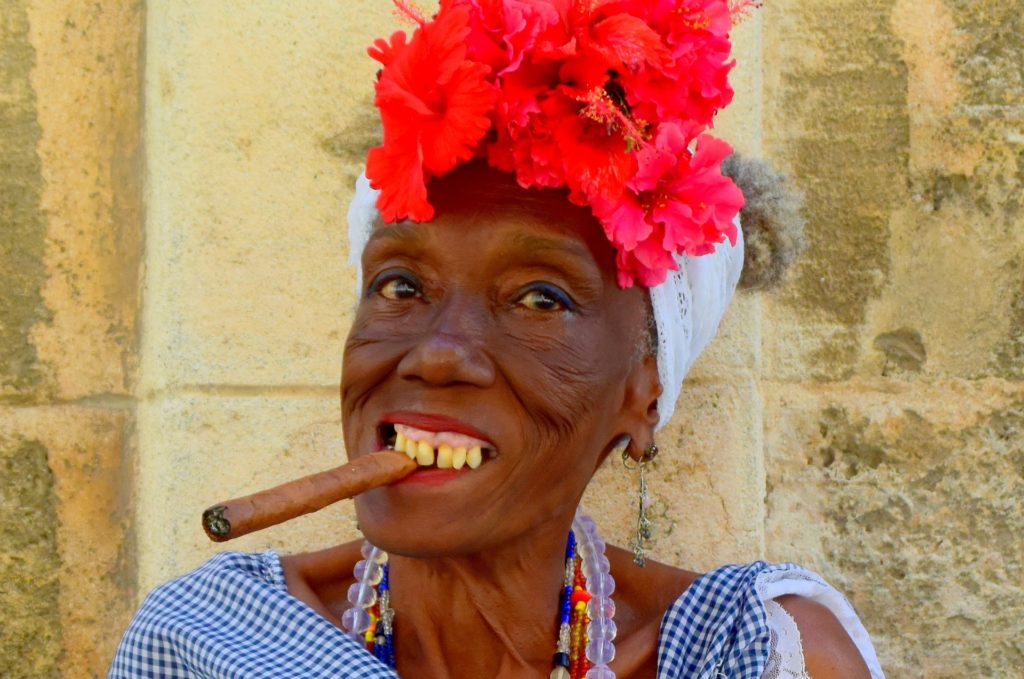
So, Havana is a city that immerses you in a unique atmosphere where the old blends with the new, and where the cultural heritage of the Cuban people comes to life at every step. I wish you a pleasant journey.
